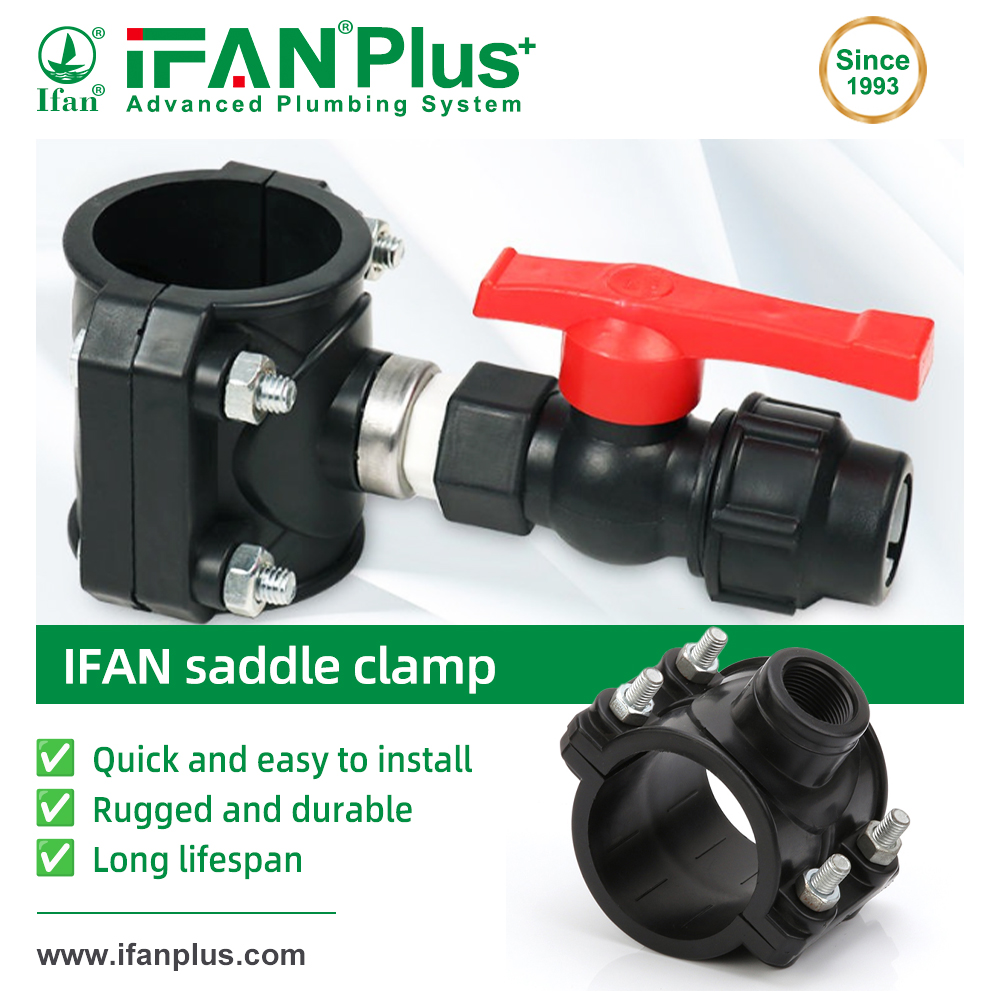Saddle clamps are widely used in various piping systems for their convenience and versatility. Polypropylene (PP) saddles, in particular, have become popular in systems that handle chemicals and corrosive substances due to their resistance to such agents. However, there are concerns about whether it can be used for high-pressure applications.
In this article, we will take a closer look at this question and explore the factors that should be considered when using it in high-pressure piping systems.
Understanding PP Saddle Clamps
PP saddle clamps consist of a saddle-shaped piece that wraps around a pipe and a nut that fastens the saddle to the pipe by means of a bolt or a screw. The saddle has a hole in its center, which connects to a branch pipe through which the fluid flows. PP is a thermoplastic material that is known for its excellent resistance to chemicals, heat, and stress. They are easy to install and are cost-effective.
Factors to Consider for High-Pressure Applications
When it comes to high-pressure applications, the use of it should be evaluated carefully based on the following factors:
1.Pressure Rating
The pressure rating of the PP saddle clamp should be determined based on the maximum pressure that the pipeline will be subjected to. It typically have a pressure rating of up to 10 bar, which may not be sufficient for high-pressure applications.
2.Temperature
The temperature of the fluid in the system is another critical factor to consider. PP saddle clamps have a temperature range of -20°C to 110°C, and exposure to temperatures beyond this range can cause deformation and damage to the clamp.
3.Chemical Compatibility
PP saddle clamps are known for their excellent chemical resistance. However, the chemicals in the high-pressure system may react with PP and cause degradation, which can weaken the clamp and reduce its effectiveness.
Conclusion
PP saddle clamps are a popular choice for piping systems that handle chemicals and corrosive substances. However, their use in high-pressure applications must be evaluated based on several critical factors, including pressure rating, temperature, and chemical compatibility.
View more:https://www.ifanfittings.com/


